Today I went to capture the beauty of Yasaka Shrine, one of Kyoto’s most prominent tourist spots. Yasaka-jinja (八坂神社) is a Shinto shrine in the Gion District of Kyoto. The shrine never lacks in visitors throughout the year due to the various festivals spread across the year. For photographers like me, there is an added incentive that the gates to the shrine remain open at all times, which makes it possible to visit even at late hours when the crowds are comparatively less.
Me and my wife, Mani, were staying in the quiet town of Izumo in Shimane Prefecture. After a lovely week in Shimane where we experienced a beautiful sunset at lake Shinji we were excited to go back to Kyoto, the old capital of Japan. In the early hours, we caught the Yakumo limited express train service operated by JR West, which runs from Izumo to Okayama. As we waited for the train to arrive, we talked about how the cold was a lot easy here, than compared to Nara.
It takes about 3 hours to get to Okayama from Izumo. The ride through the forested prefecture is absolutely beautiful especially with the fall foliage adding vivid colors to the scenery. From Okayama its as easy as catching a Shinkansen to Kyoto. Obviously, we were carrying our JR Passes that makes the whole ride a lot cheaper.
After the long journey from Izumo, we dropped off our luggage at our hotel at Keihan Kyoto Grande. The hotel is just behind the Kyoto Station and very easy to access using underground lanes, beneath the busy streets. After some 7-eleven onigiris, we walked to the bus stand located just outside the Kyoto Station.
To get to Yasaka Shrine from Kyoto Station, you can either take a bus or the Kyoto subway. We chose to take the Kyoto City Bus #206 as it is simpler. The bus ride takes around 21 minutes and it drops you right in front of Yasaka Shrine. It costs ¥230 one way. You can also opt for the daily bus pass if you are planning to make multiple stops along the way. Last I noticed, it was selling for ¥600 per person at the tourist information booth inside Kyoto Station premises.
You can also use the subway to reach the shrine, but I would not recommend it, as it requires you to change multiple trains. The nearest station would be Kawaramachi. From the station, you then have to walk for about 10 minutes to Yasaka Shrine.
The bus dropped us off at Gion, near the east end of Shijō-dōri, overflowing with pedestrians. The street passes through the courtesan’s district of Gion, branching off to the south, with the famous Ichiriki Chaya at the corner. The long sidewalk features small and large restaurants and shops of all kinds on either side of the street.
Yasaka Shrine
Yasaka Jinja is believed to have been established a little before the Heian Era in Japan and holds hundreds of years of history. It is dramatically placed at the intersection of Shijō-dōri and Higashioji-dori, and as the bus drops you and moves away, you can see the large vermilion torii (shrine entrance gates) rise out of the hustle and bustle of pedestrian crowds and choking traffic.
A series of steps lead up from the street to the main entrance Nishiromon Gate, holding two wooden guards inside wired chambers on each side. Designated as an important national cultural property, the Nishi-romon Gate is considered the symbol of the Higashiyama district of Kyoto and Yasaka Shrine.
Rather than the usual two nio guardians found in most shrine entrances and some temples, at the Nishi-romon Gate you will see a wooden statue of Zuishin (guardians to the nobles in the Heian Period) on both sides of the gate.
As you pass through the gate and if you are familiar with Japanese shrines, you would notice that there is no Chōzuya, the place where worshipers wash their hands. That is because the Nishiromon Gate is not the front gate to the shrine. In fact the front, or main gate to the shrine is the Minami-romon Gate on the south side of the shrine grounds.
Beyond the gate we found a couple of wooden stalls selling mashed potato fries. The inviting scent of potatoes was enough to entice me to get one. As we waited for the order I captured the two charming shishi lions sitting on high pedestals.
Note how one of them has their mouth open and one doesn’t. Shishi is literally translated as “lion” but it can also refer to a dog with mystical powers to repel evil spirits. A pair of shishi typically stand guard outside the gates of Japanese Shinto shrines.
The open mouth, along with the pierced ball, indicate a male shishi, representing the Yang
They are traditionally depicted in pairs, one with mouth open and one with mouth shut. The opened/closed mouth relates to the sounds “Ah” (open mouth) and “Un” (closed mouth). “Ah” is the first sound in the Japanese alphabet, while “N” (pronounced “un”) is the last. These two sounds symbolize beginning and end, birth and death.
From here a system of walkways run around the shrine grounds towards the main hall.
Smaller Shrines at Yasaka Shrine
The Yasaka shrine is dedicated to Susanoo-no-Mikoto as its chief kami, with his consort Kushinadahime-no-Mikoto on the east, and eight offspring deities (yahashira no mikogami) on the west. There are a number of smaller shrines on the grounds of Yasaka Shrine.
Okuninushisha Shrine
In December one of the most interesting things to watch out for is the fall momiji trees around this area. Most hotels will have a map of Kyoto that you can check daily where the fall is in its full colors.
The movement of foreign religious theologies into Japan during the 6th century led Shinto practitioners to systematize their religious tradition to support Imperial rule. Shinto priests began compiling existing myths and legends into written accounts, and a more intricate mythology was created that gave many of these kami a name and genealogy.
Pictured below is a statue of the son-in-law of Susanoo-no-Mikoto and Kushinadahime-no-Mikoto – Okuninushi-no-Mikoto, who is known as the god of Enmusubi. The son-in-law is shown rescuing an injured rabbit, recreating a famous scene from Japanese mythology.
We gradually made our way through the crowd to reach the open area with the main hall.
History of Yasaka Shrine & Gion Matsuri
Originally designed as a Buddhist temple the date of initial construction of Yasaka Shrine is debated. Initial construction on the Shrine began in 656 CE. However it was not until the middle of the ninth century that Yasaka shrine rose in prominence. Because of its climate and location, Kyoto was often prone to summer illness and sickness, and in 869, the illness reached national epidemic proportions. The illness was thought to be the result of malevolent kami, so Emperor Seiwa ordered the priests of Yasaka Shrine to hold a festival to purify the streets and protect the people from the evil spirits.
The townspeople built sixty-six floats representing the various neighborhoods and paraded them through town. One week later the kami at Yasaka, including Gozu Tenno (commonly known as Susano-o mikoto), were placed in portable shrines and carried throughout the city streets. This was the beginning of the Gion Matsuri (Gion Festival), and Yasaka’s subsequent rise in fame.
In 965, Emperor Murakami ordered that Imperial messengers be sent to report important events to the guardian kami of Japan. Yasaka’s prestige continued to increase due to the Gion Matsuri, and by 970 C.E. the festival had become an annual event.
By the tenth century, the festival included floats, musicians, dancers, plays, and artistic treasures. These heihaku were initially presented to 16 shrines; and in 991, Emperor Ichijō added three more shrines to Murakami’s list. Three years later in 994, Ichijō refined the scope of that composite list by adding Umenomiya Shrine and Gion Shrine.
As the festival grew in importance and popularity, so too did the shrine, and in the late 19th century Yasaka was given the title of Kanpei-taisha meaning that it stood in the first rank of government-supported shrines. Similarly, the Gion Matsuri was elevated to the rank of Grand Festival of Japan and is often considered one of the most popular festivals in all of Japan.
Kyoto Maruyama Park
It was too busy so we decided to walk towards the back of the shrine. The east exit of Yasaka leads to an open garden area with benches for resting, fortune tellers, ice cream shops, and a weeping cherry tree. This area used to be called “Makuzugahara” popular for the traditional Waka poems in the Kamakura period.
Of the mountains surrounding Kyoto on three sides, the ones which are closest to the present downtown area lie in the east. This fact gave the whole eastern region of Kyoto its name, Higashiyama, i. e. Eastern Mountains. Since ancient times this area has been rich in Buddhist temples and Shinto shrines.
While enjoying the beautiful fall scenery, I let myself indulge in some Matcha ice cream. If you haven’t had one, you must, it’s absolutely delicious especially combined with vanilla.
It used to be a scenic spot for viewing Cherry blossom at the foot of Mt. Higashiyama and was later converted to a park in 1886. In 1931, the park was designated as a “Place of Scenic Beauty.”
The garden complex branches out to other side streets, and a bit further back the Chion-in, a Buddhist temple and the head of the Pure Land sect of Buddhism, decorates the mountainside. The garden area is a popular retreat for picnicking couples, tourists, and families on a visit to various shrines and temples.
Yasaka Jinja at Night
As evening crept in, I stationed my tripod to capture some illuminated shots of the Maidono of Yasaka Shrine. Let me alert you from before, the crowd actually increases as evening settles in.
Yasaka Shrine is considered to be a powerful place for love in Kyoto. Enshrined at Yasaka Shrine are the husband and wife gods Susanoo-no-Mikoto and Kushinadahime-no-Mikoto. As the two gods were very close, eventually over time, the shrine became thought of as a spiritual love spot.
You will notice adorable heart-shaped ema hung at the shrine, usually with visitors’ wishes for improved relationships or meeting people. You can write and hang one yourself after purchasing one for a few hundred yen.
Maidono
The platform is usually empty, except when it is the stage for various local events, plays, and dances. At the festival time the platform also holds the bronze-plated mikoshi (portable shrines) that house the kami temporarily so they can be paraded around.
There are other buildings including a shrine shop for purchasing ema (small wooden prayer plaques) and omomori, the administrative building, and the main shrine building which houses the kami. Only priests, sponsors, and other select people are allowed into the main shrine building.
The main hall stands 15 meters tall and has a roof made of hinoki (Japanese cypress) bark. The architectural style of the building is unique because the roof covers the front shrine as well as the main hall, and this design has become known as Gion-zukuri (Gion construction style).
Minami-romon Tower Gate
Just beyond the entrance gate is a small structure with wooden ladles and water flowing from bamboo pipes used to wash one’s hands and face for purification before entering the main grounds.
Because the crest of Yasaka Shrine resembles the cross-section of a cucumber, there is a custom in Kyoto that prohibits eating cucumbers during the Gion Matsuri festival period.
It has been said that Yasaka Shrine got its start in the early part of the Heian Period when Fujiwara-no-mototsune constructed the Kankei sub-temple, Kanjin hall, and the main hall on the grounds. The present structure was rebuilt in 1654 by the 4th Tokugawa Shogun, Tokugawa Ietsuna.
Legend says that under the main hall there is a bottomless pond that a blue dragon uses as its lair, drawing energy from the ancient water and acting as guardian for the ancient city of Kyoto.
After we had our fill of the place, we left for some well-earned rest at the hotel.
Thanks for reading. I look forward to your reviews and questions. If you are looking to explore more of the Japanese mainland, follow my story as I visit the Gifu Castle.
Disclaimer: The information presented in this article is based on the time I visited the premises. Note that there might be changes in the prices of merchandise and admission fees that might have occurred after this article was published. At times the facility might also be closed for repairs or for variety of other reasons. Kindly contact the facility or facilities mentioned in this article directly before visiting.
Usage of this site indicates acceptance of my Terms and Conditions.
Credits: The historical information presented herein is gathered mostly from local guides that were re-inforced via historical writings.
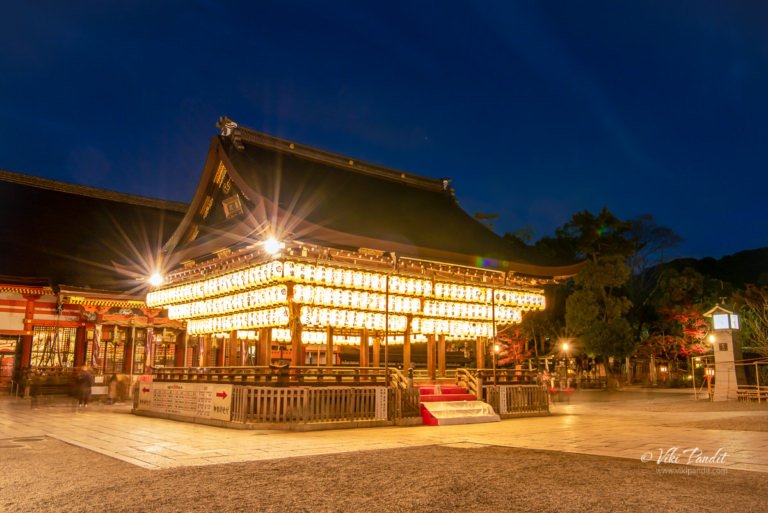

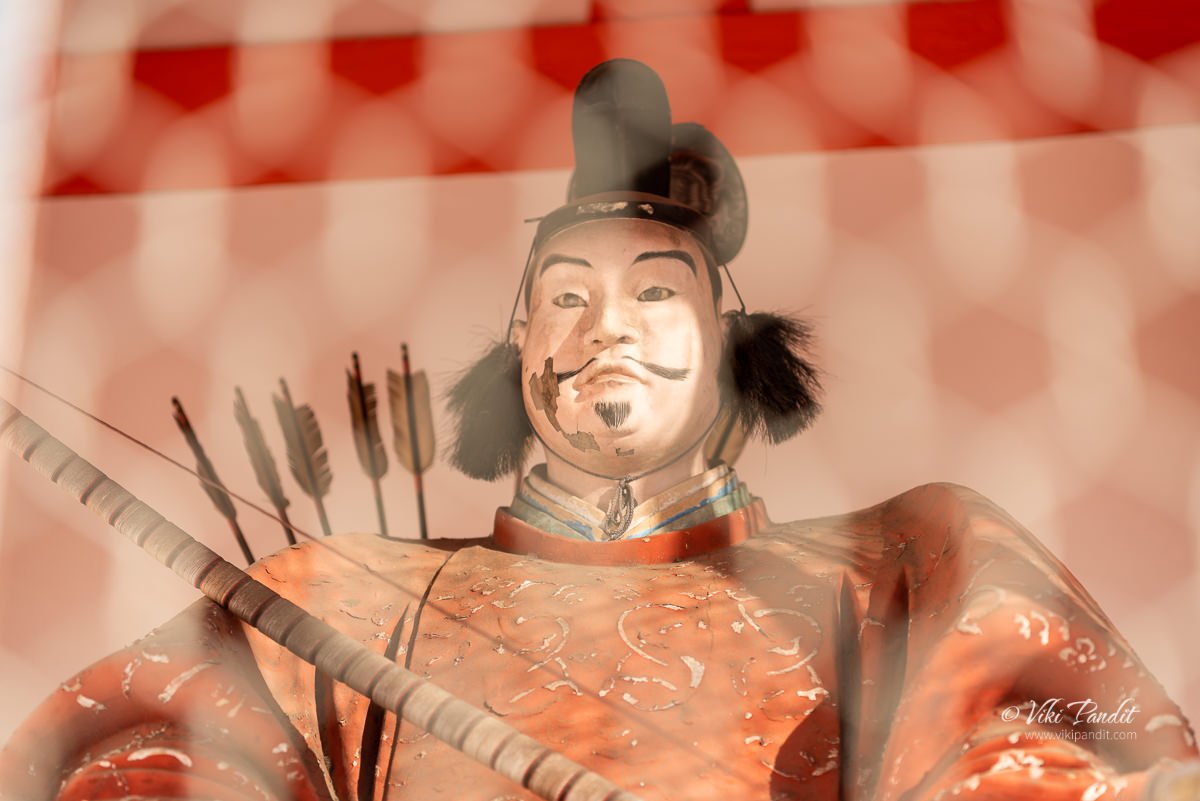

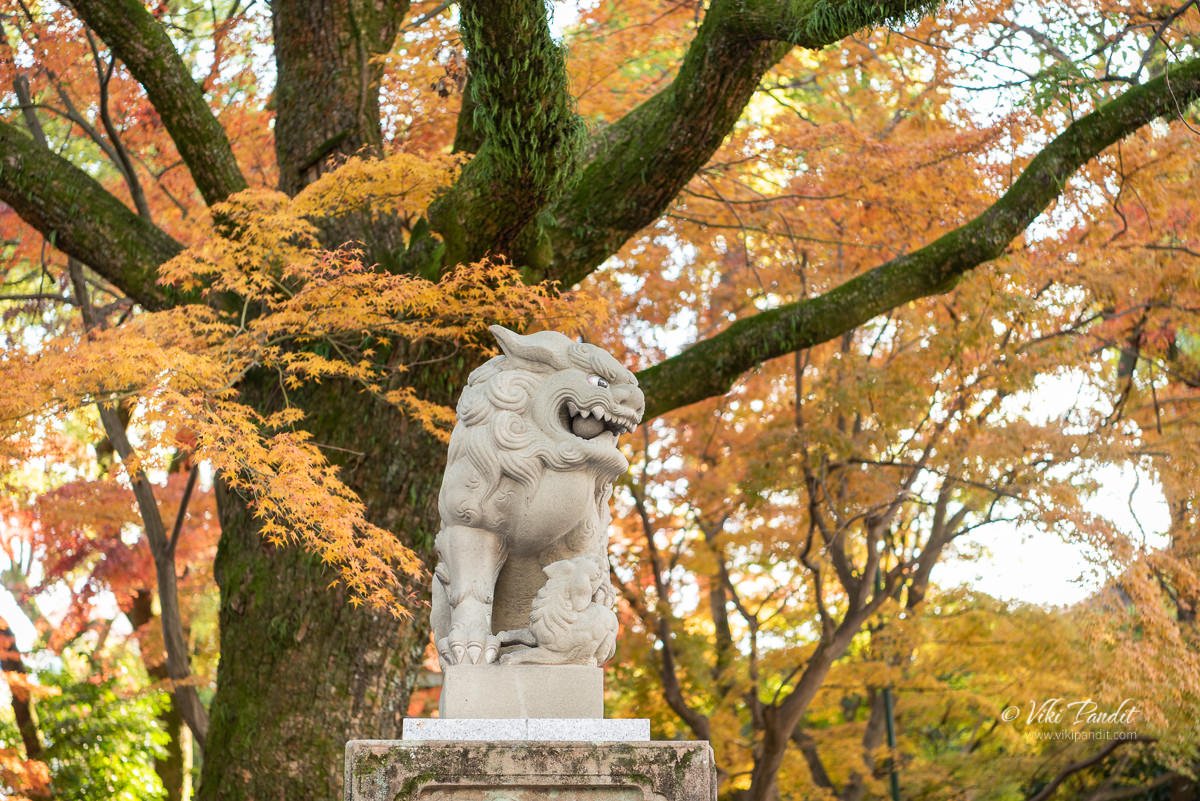
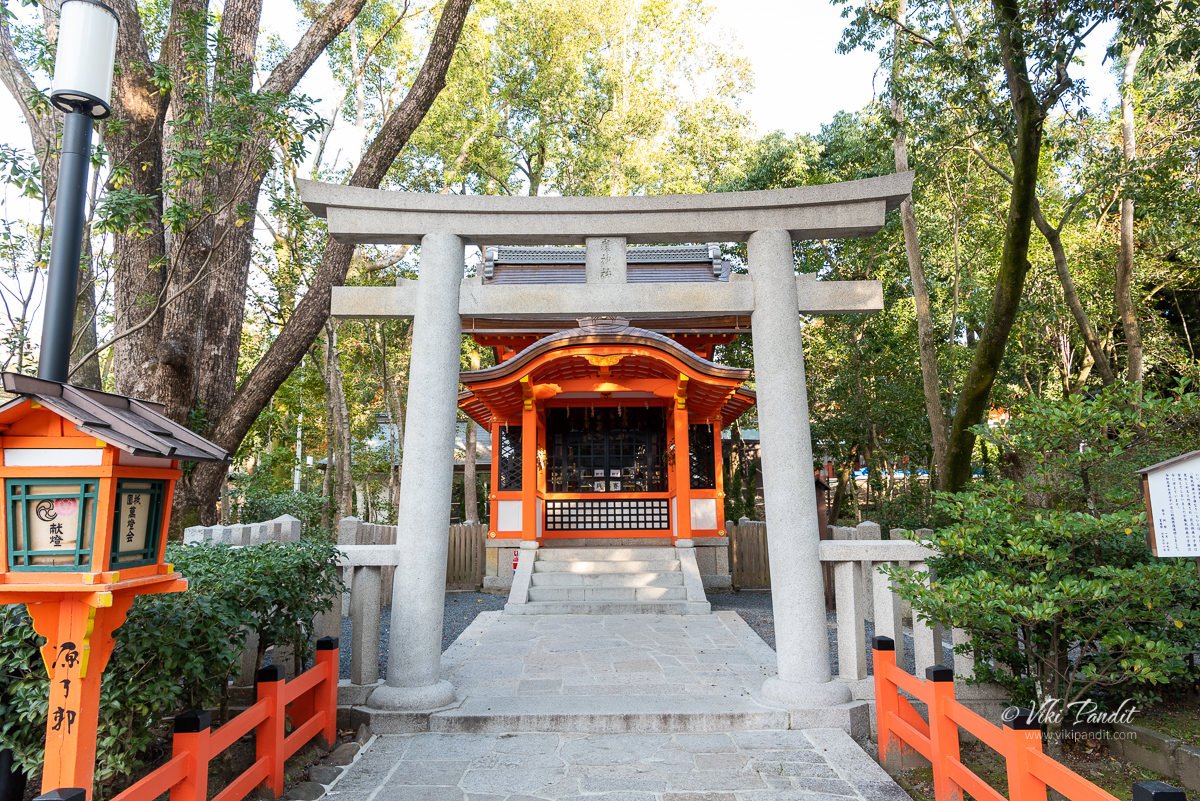
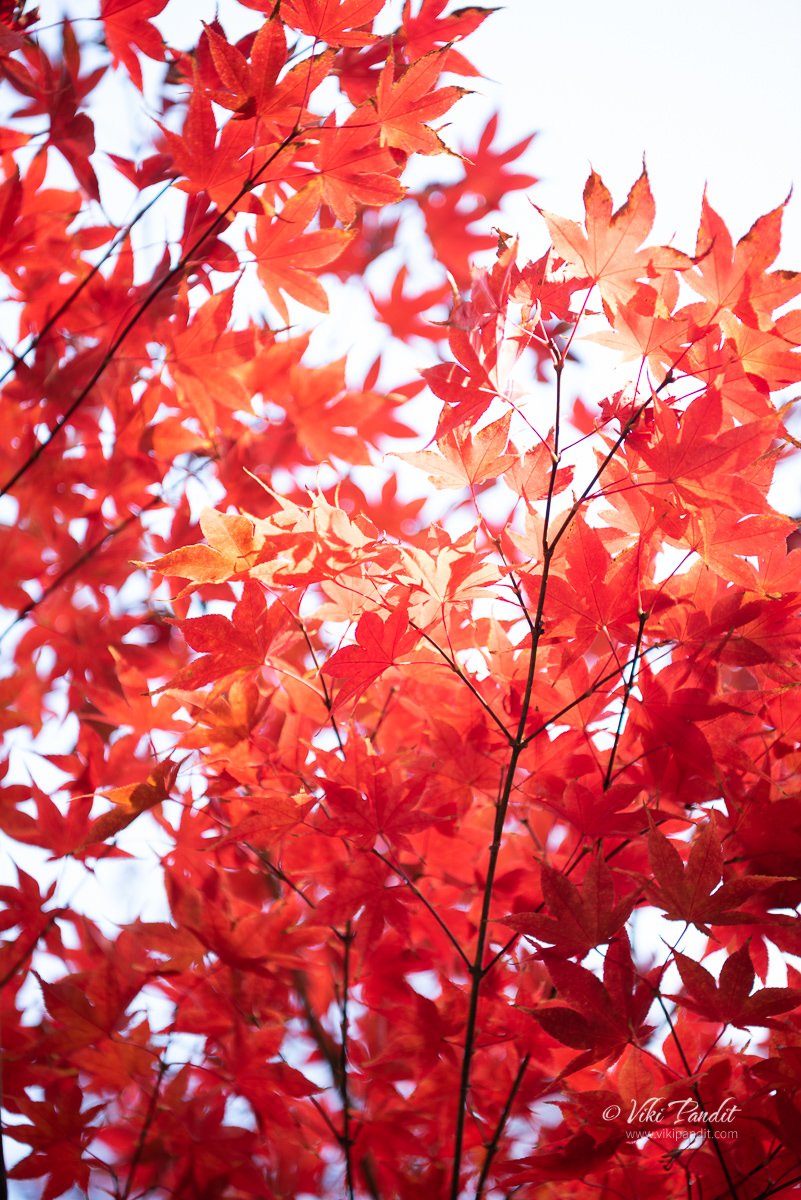
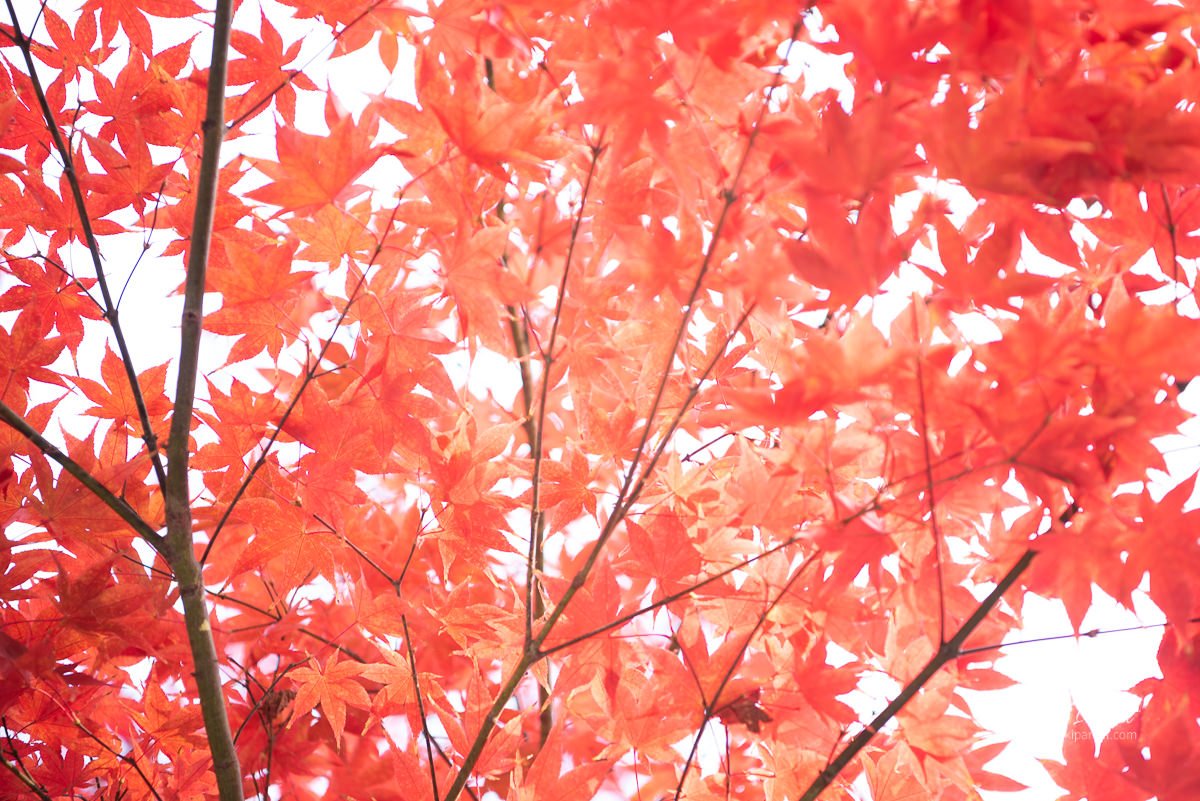
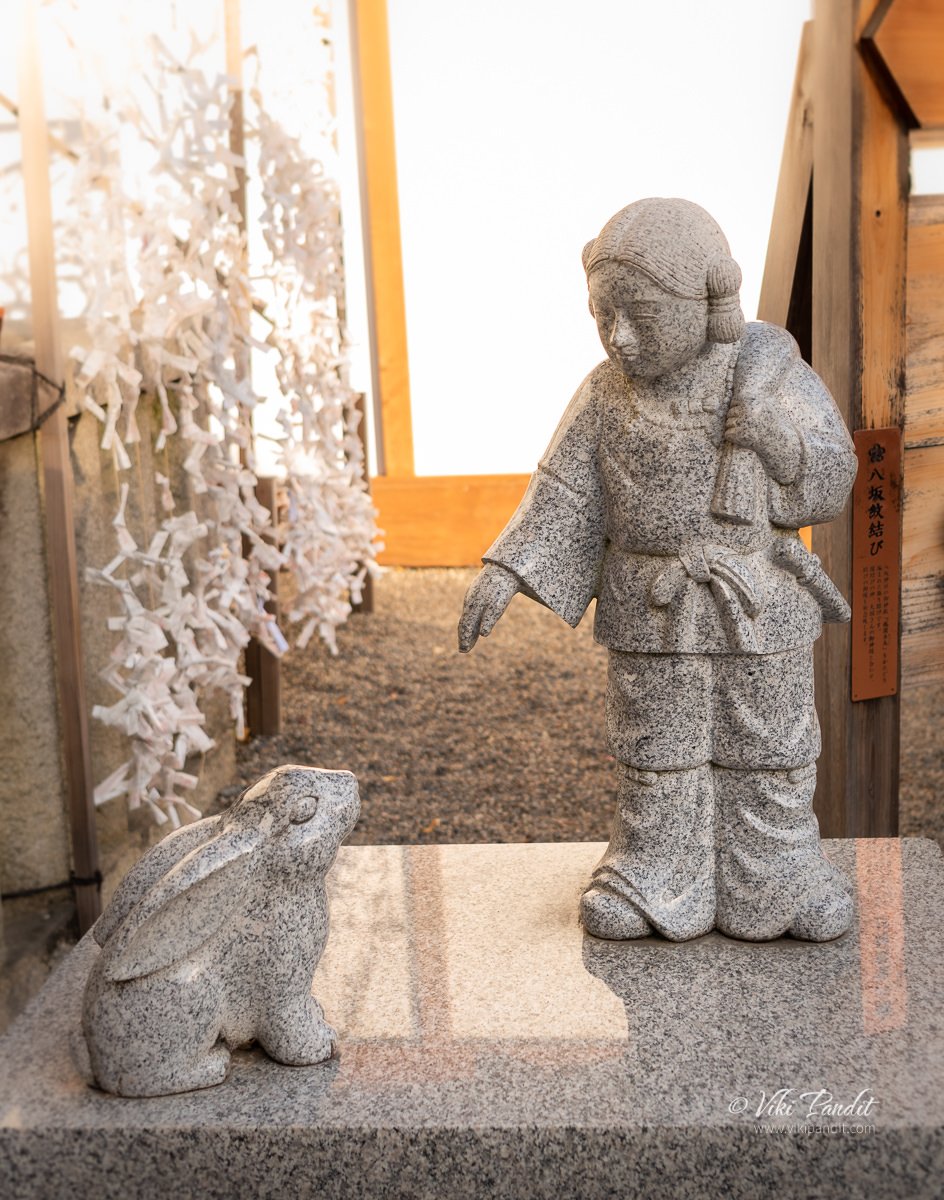
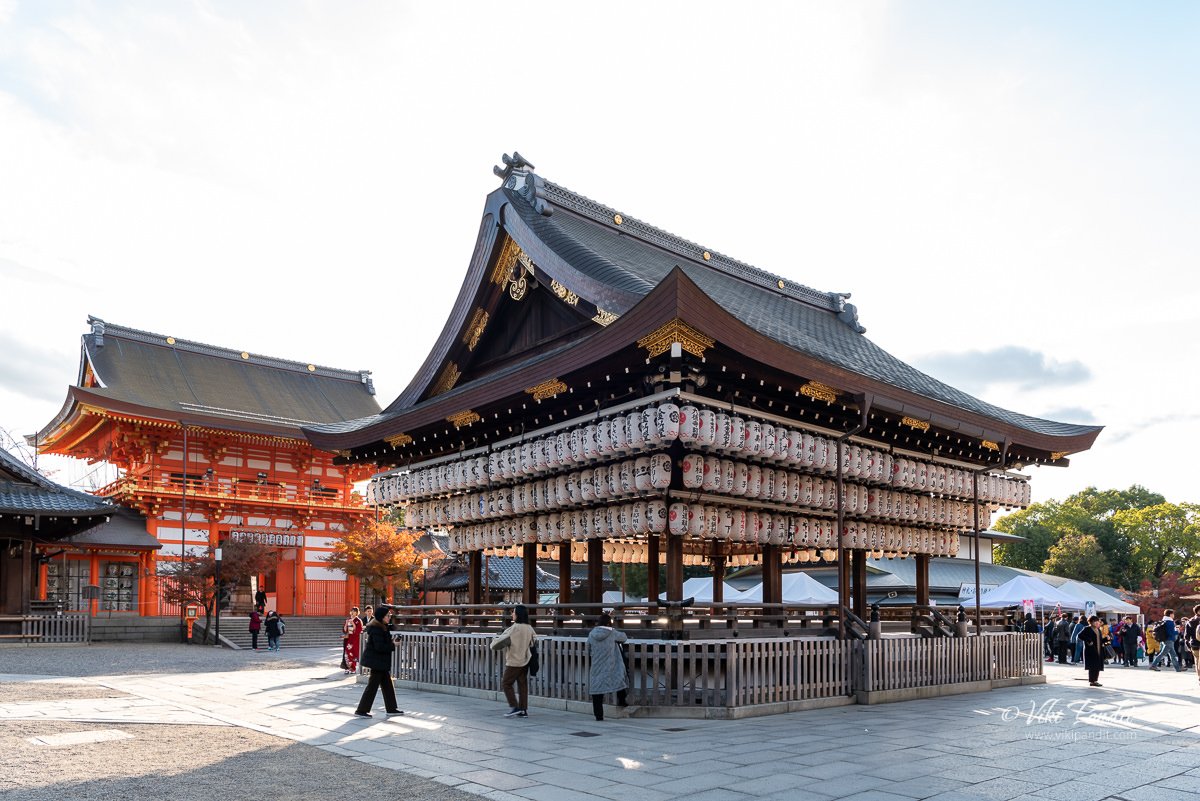

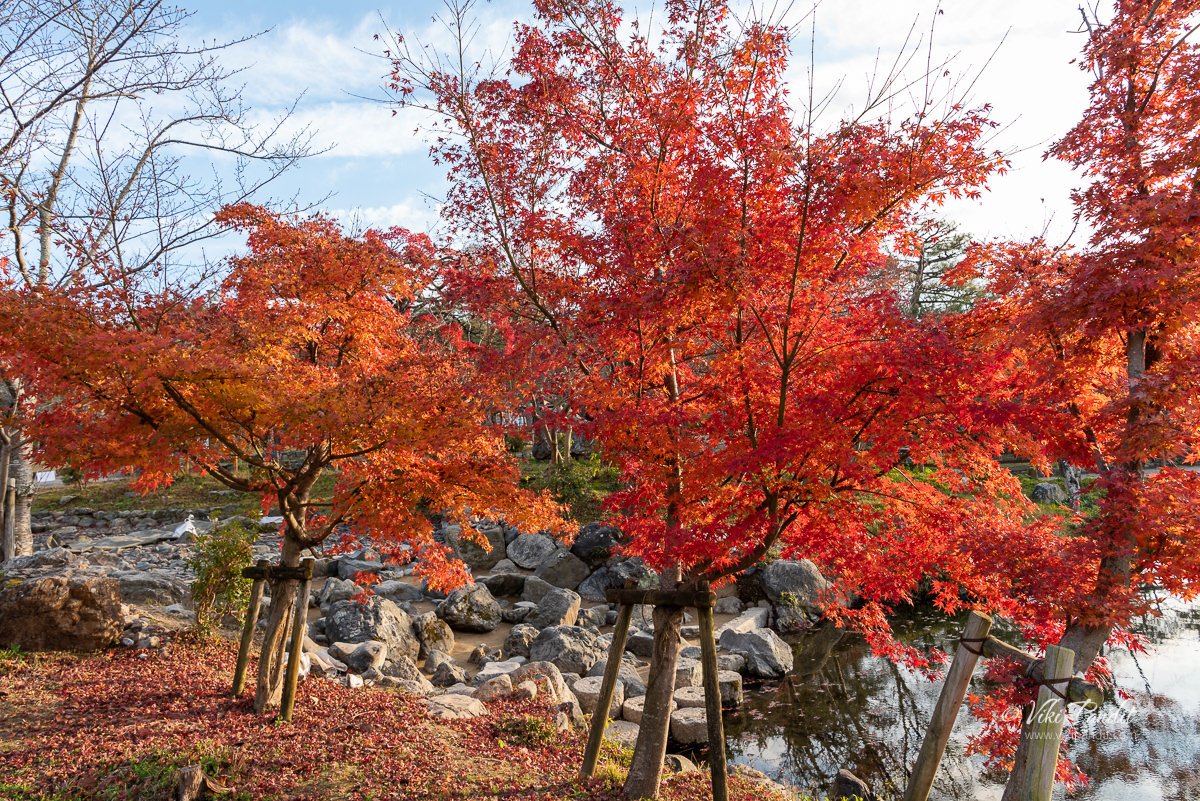

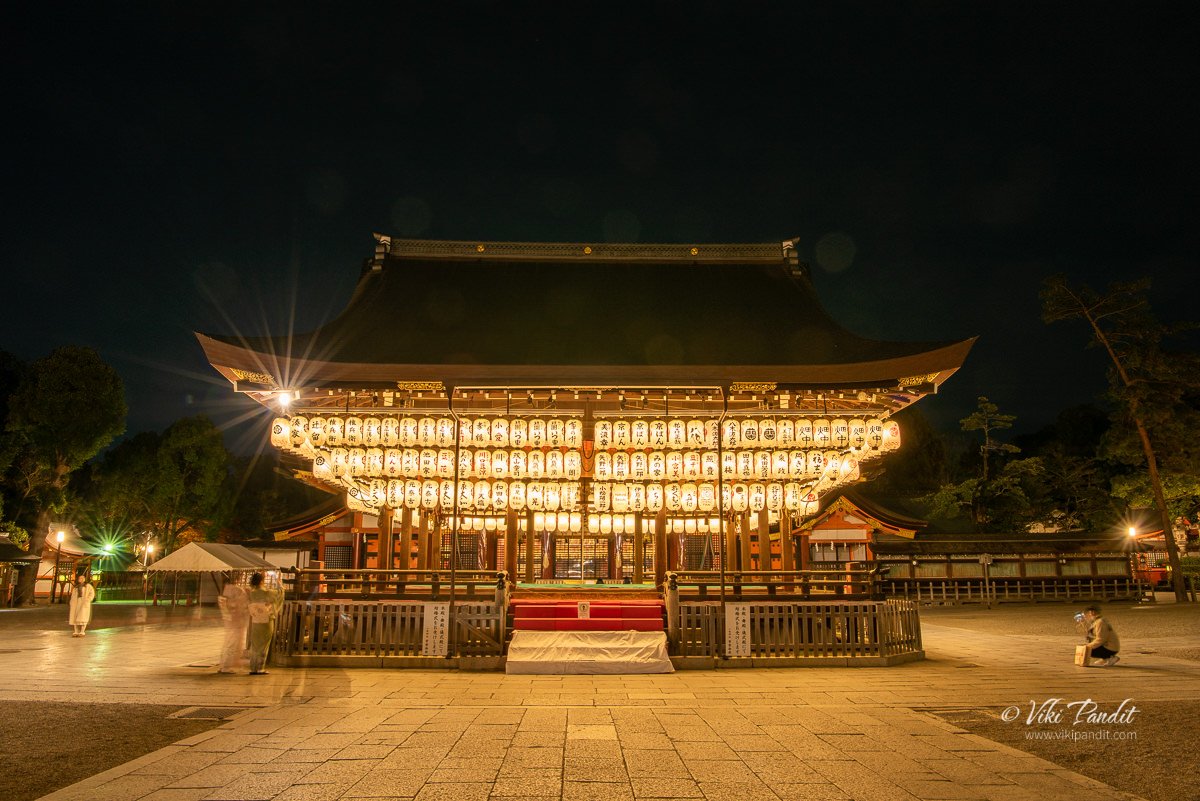
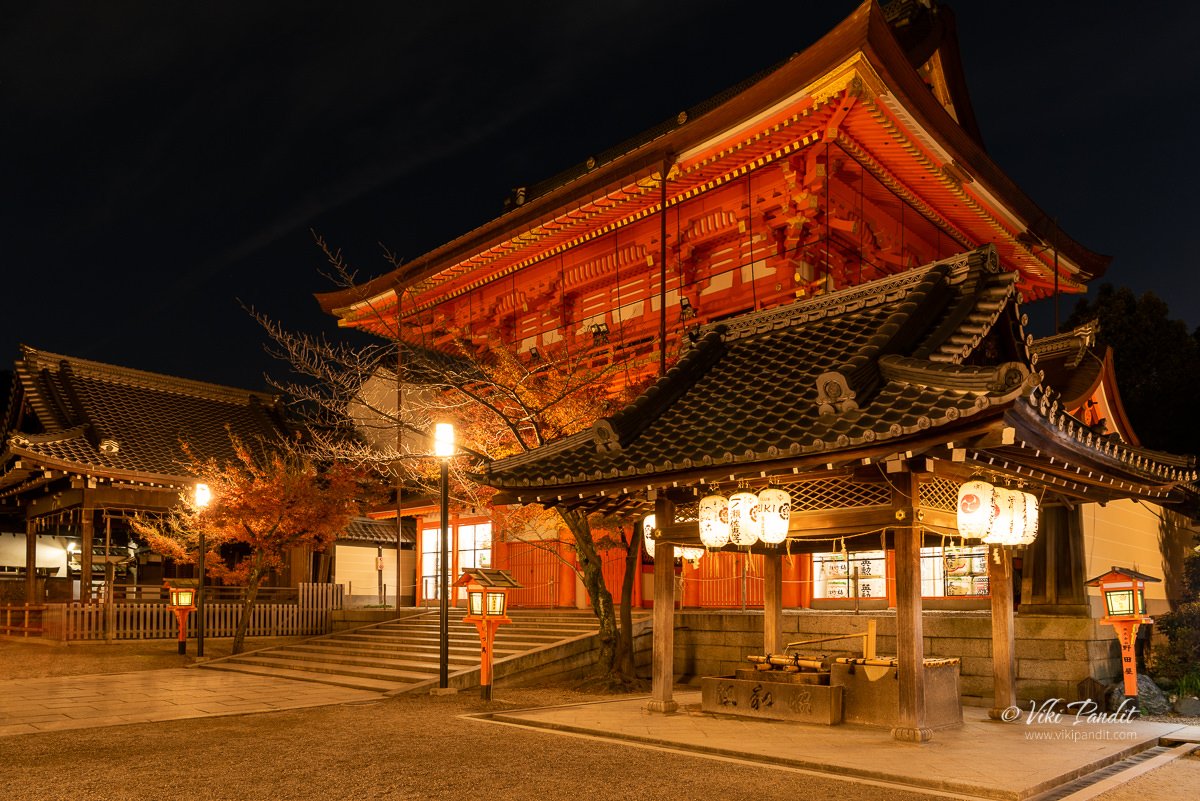
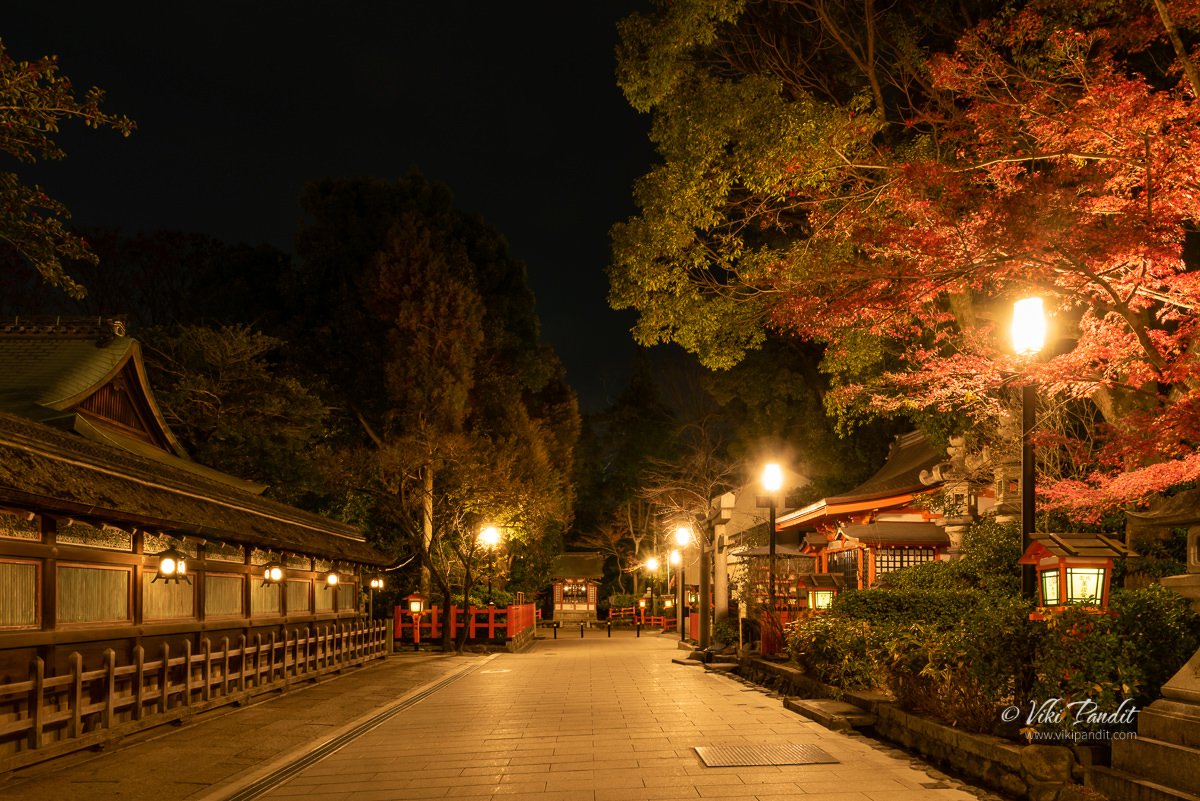

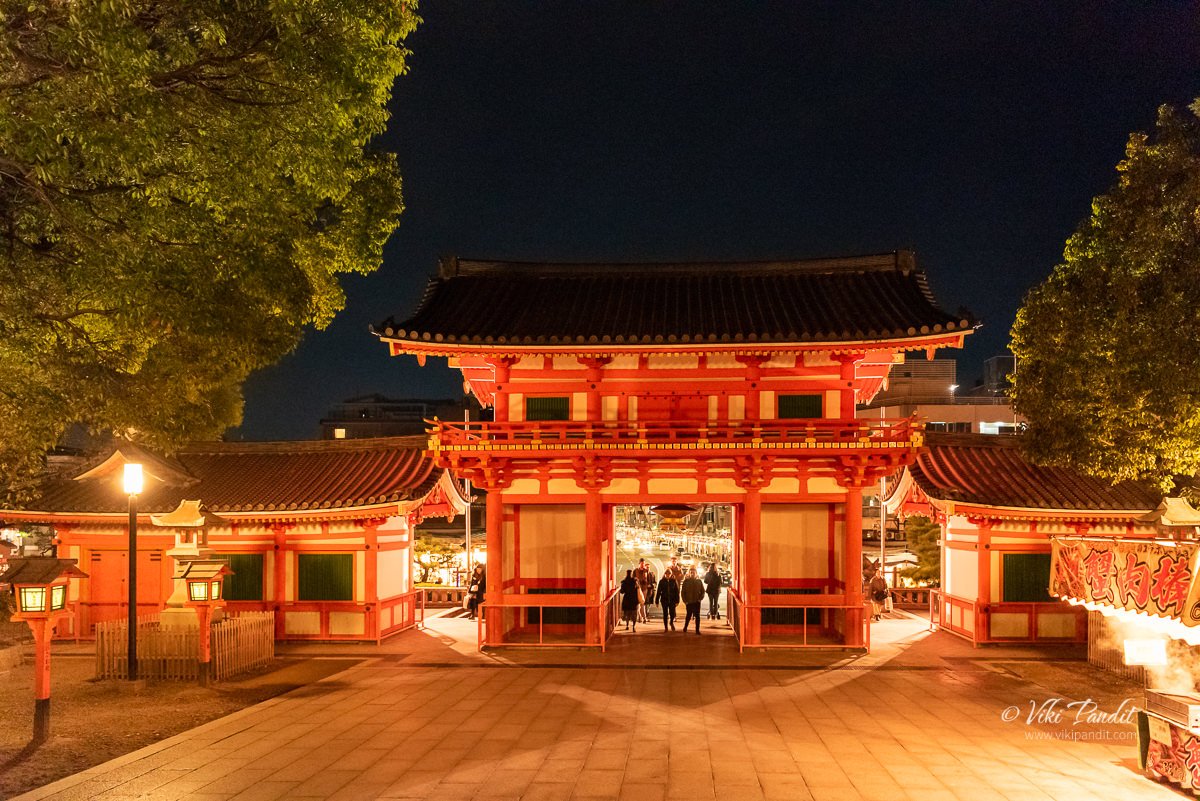
I also visited this Temple in August 2024. It is really a wonderful Temple which requires more time to see all the details. Narayan dear park and these temples are worth to see. My Indian friend has described very well. I am also writing the things which I saw during my Japan visit and preparing a book for Marathi readers’ Chala jag phirya ‘